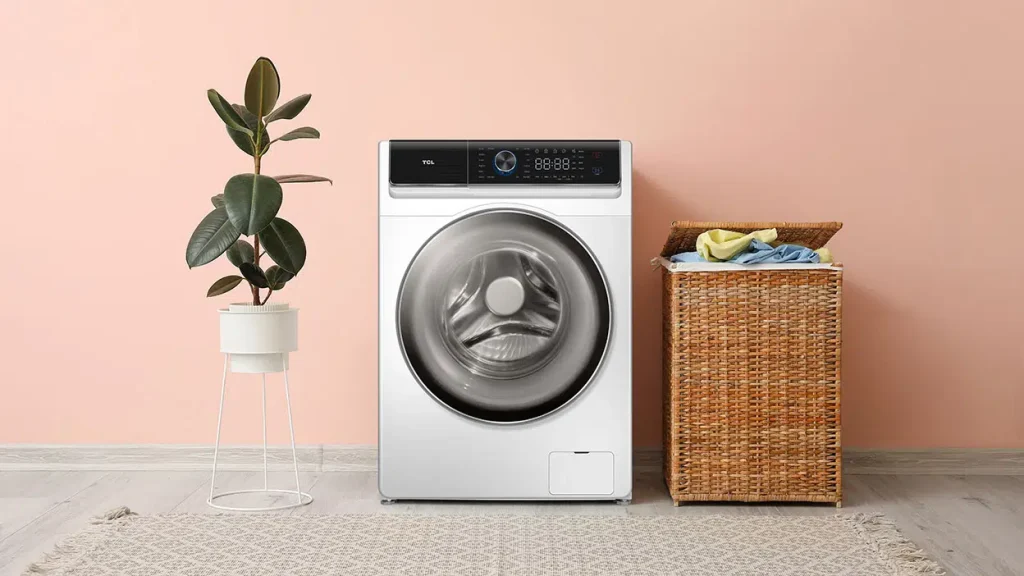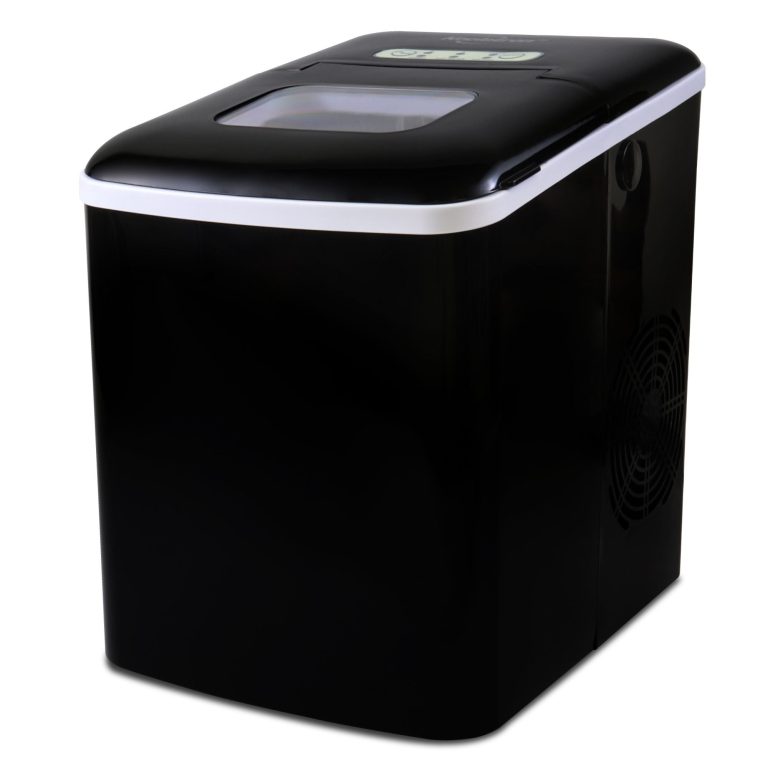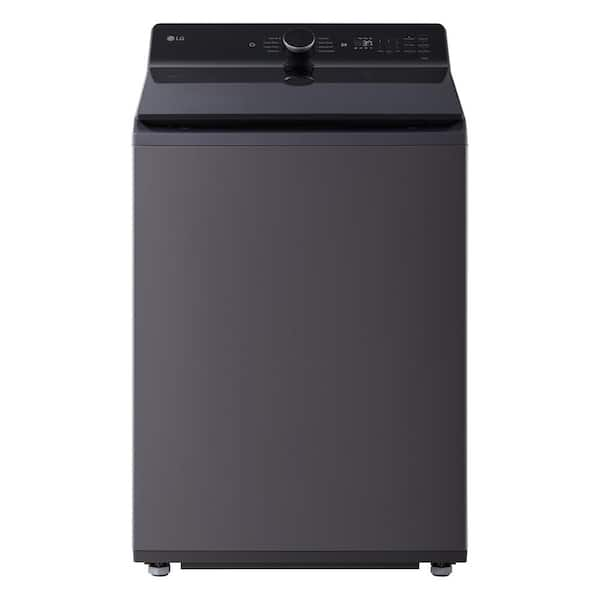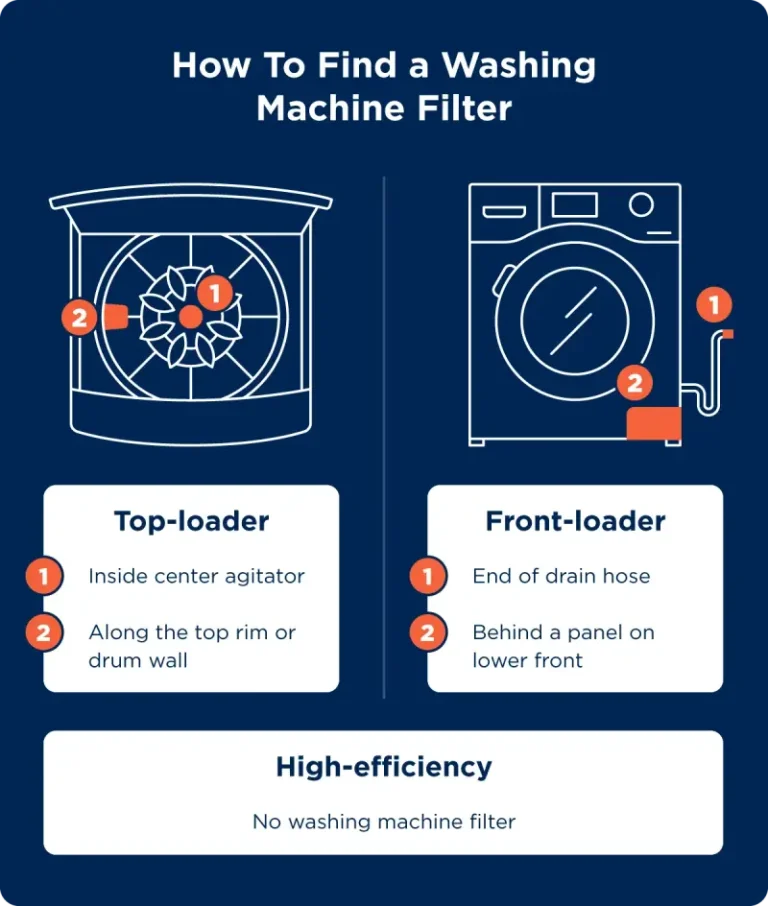Washing machine parts are essential components of a washing machine. They help in the proper functioning and maintenance of the appliance, ensuring efficient performance and longevity.
Whether it’s a faulty pump, a broken belt, or a worn-out motor, having access to the right washing machine parts can save you time and money. With a wide range of options available in the market, it is important to understand the specific requirements of your washing machine model and opt for genuine parts from trusted manufacturers.
By selecting the appropriate parts and replacing them promptly when necessary, you can ensure the optimal performance of your washing machine and extend its lifespan.
Understanding Washing Machine Parts
Discover the inner workings of your washing machine through understanding its various parts. From the drum to the motor and control panel, unravel the mechanics behind its efficient cleaning process. Expertly crafted components ensure a seamless laundry experience.
Washing machines are an essential home appliance that makes our lives convenient and saves us a significant amount of time and effort. However, to truly understand how a washing machine works and troubleshoot any issues, it is crucial to have knowledge about its parts and their functions. In this article, we will discuss the key components of a washing machine and the function of each part.Key Components Of A Washing Machine
A washing machine is comprised of several crucial components that work together to clean your clothes effectively. Understanding these parts will help you identify and resolve any problems that may arise during its usage. The key components include:- Agitator: The agitator is a central post or a spiral-shaped fin inside the drum. Its primary function is to rotate and move the clothes around during the wash cycle, ensuring a thorough and even cleaning process.
- Drum: The drum, also known as the tub, is where you place your clothes for washing. It is designed to hold water and clothes while allowing proper movement during the wash and spin cycles.
- Motor: The motor is the powerhouse of a washing machine. It provides the necessary power to run the different operations of the machine. It controls the agitator, pumps, and other components to ensure smooth functioning.
- Water inlet valve: The water inlet valve is responsible for controlling the flow of water into the washing machine. It opens and closes according to the programmed settings, allowing the right amount of water to fill the tub for washing.
- Water pump: The water pump is responsible for draining the water from the machine during the rinse and spin cycles. It removes dirty water and ensures that the clothes are properly rinsed.
- Control panel: The control panel consists of various buttons, dials, and display panels that allow you to select the desired wash settings. It provides convenient options for adjusting the temperature, cycle type, and other settings to meet your laundry needs.
Function Of Each Part
Understanding the function of each washing machine part helps in troubleshooting and performing any necessary repairs. Here’s a breakdown of the functions of these key components:| Component | Function |
|---|---|
| Agitator | The agitator moves the clothes around, creating a washing action that helps remove dirt and stains effectively. |
| Drum | The drum holds the clothes, water, and detergent mixture during the wash cycle. It allows the clothes to move freely for efficient cleaning. |
| Motor | The motor powers the agitator, drum, and other components. It ensures the smooth operation of the machine, enabling various wash cycles and spin actions. |
| Water inlet valve | The water inlet valve lets water enter the washing machine at the appropriate time and in the required quantity for washing your clothes. |
| Water pump | The water pump removes dirty water from the drum during the spin and rinse cycles, ensuring the efficient removal of excess moisture from the clothes. |
| Control panel | The control panel provides various settings and options for customizing your wash cycle. It allows you to select the desired temperature, cycle type, and other settings for optimal cleaning. |

Credit: www.amazon.com
Diagnosing Washing Machine Problems
Diagnosing washing machine problems can be both a frustrating and costly experience. However, with a basic understanding of how washing machines work, many common issues can be easily identified and resolved without the need for professional help. By observing the symptoms and engaging in simple troubleshooting techniques, you can often pinpoint the cause of the problem and make the necessary repairs, saving both time and money.
Identifying Symptoms
When your washing machine malfunctions, it often exhibits specific symptoms that can help in identifying the underlying issue. Understanding these symptoms is the first step in diagnosing the problem. Common symptoms include unusual noises during the wash cycle, water leaks around the machine, poor spinning performance, and not draining properly. By paying attention to these signs, you can determine the likely causes and take steps to address the issues.
Troubleshooting Techniques
Once you’ve identified the symptoms, it’s time to employ troubleshooting techniques to diagnose the root cause of the problem. This can involve checking the hoses and connections for leaks or blockages, inspecting the agitator and wash basket for unusual movements or wear, and examining the control panel and electrical components for any signs of damage or malfunction. Additionally, performing routine maintenance tasks such as cleaning the lint filter and checking for loose belts can often resolve many common washing machine issues.
Essential Tools For Repair
When it comes to repairing a washing machine, having the right tools is crucial for a successful repair. Having an assortment of tools can make the job easier and ensure that you have everything you need to fix common issues. Let’s take a look at the essential tools for washing machine repair that every DIY enthusiast should have in their arsenal.
Basic Toolkit
The basic toolkit consists of fundamental tools that are indispensable for general washing machine repairs. These tools include screwdrivers of various sizes, an adjustable wrench for tightening or loosening nuts and bolts, pliers for gripping and manipulating parts, and a tape measure for taking accurate measurements of components. Safety goggles and work gloves are also essential for protecting yourself during repairs.
Specialized Equipment
Specialized equipment is required for more complex washing machine repairs. This may include a multimeter for testing electrical circuits, a washing machine spanner wrench specifically designed for removing the tub nut, and a washing machine motor coupler that aids in the replacement of the motor coupling. Moreover, having washing machine agitator cogs and lid switches on hand can be beneficial when dealing with specific issues.
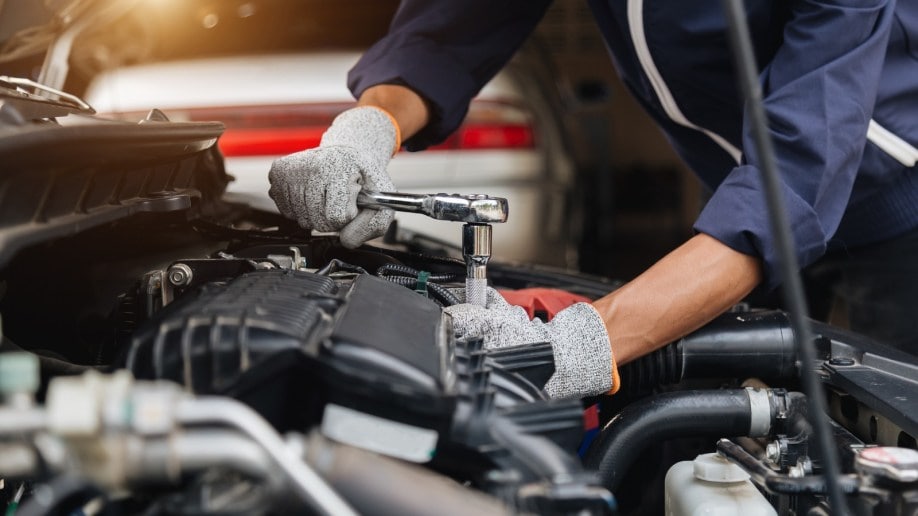
Credit: www.kbb.com
Safety Precautions For Repair
When it comes to repairing your washing machine, it is crucial to prioritize safety. Accidents can happen when working with electrical appliances, so it is essential to take the necessary precautions to protect yourself. This article will outline some safety measures that you should follow before attempting any repairs on your washing machine.
Turning Off Power
Before troubleshooting or repairing your washing machine, always remember to turn off the power supply. This simple yet vital step will prevent any potential electrical mishaps. Locate the power switch or unplug the machine from the electrical outlet to ensure that there is no power running through the appliance. Taking this precaution will safeguard you from electric shocks and other related hazards.
Protective Gear
Another important safety measure is to wear appropriate protective gear while working on your washing machine. This will help shield you from any potential injuries or accidents. Make sure to wear gloves, safety goggles, and closed-toe shoes to protect your hands, eyes, and feet from any sharp edges, chemicals, or debris that may be present. Safety gear acts as a barrier and reduces the risk of injury, making it an essential element of your repair process.
Common Washing Machine Repairs
When it comes to maintaining your washing machine, understanding common repairs is essential for smooth operation. Let’s explore two typical fixes: Replacing the Belt and Fixing Leaks.
Replacing The Belt
Check the belt for wear and tear, and if loose or damaged, replace it promptly.
Fixing Leaks
Inspect hoses, pumps, and connections for leaks, ensuring tight seals and proper alignment.
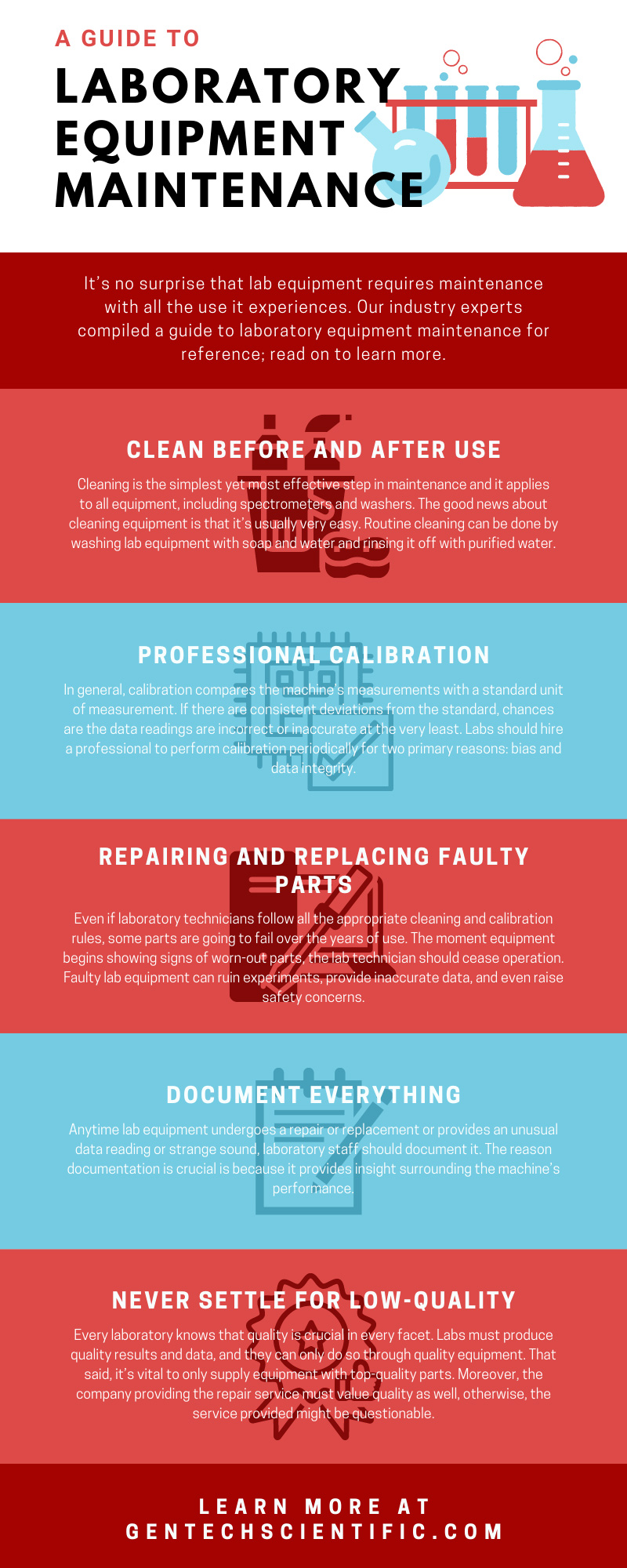
Credit: gentechscientific.com
Advanced Repair Techniques
Learn about advanced repair techniques for washing machine parts to ensure optimal performance and longevity. From diagnosing issues to replacing faulty components, expert technicians use innovative methods to fix your appliance efficiently. Trust in these specialized repair methods to keep your washing machine running smoothly.
Motor Replacement
Motor replacement is crucial for a malfunctioning washing machine. Follow these steps:
- Unplug the machine and locate the motor.
- Remove the bolts securing the motor.
- Disconnect the wiring harness and replace with the new motor.
Electronic Control Board Repair
Electronic control board repair can save you money. Here’s what to do:
- Identify the faulty component on the control board.
- Unsolder the damaged part and replace it with a new one.
- Reassemble the control board and test the washing machine.
Advanced repair techniques like motor replacement and electronic control board repair can extend the lifespan of your washing machine.
Maintaining Your Washing Machine
For optimal washing machine performance, routinely check and replace worn-out parts. Regular maintenance ensures longevity and efficiency. Prioritize inspecting and servicing essential components to avoid breakdowns and enhance wash quality.
Maintaining Your Washing Machine Whether you have a top loader or front loader, maintaining your washing machine is essential to keep it running efficiently. By following some simple cleaning and maintenance tips, you can extend the lifespan of your washing machine and prevent costly repairs. Here are some practical strategies for keeping your washing machine in top condition. Cleaning Tips Keeping your washing machine clean is key to its performance and longevity. Here are a few cleaning tips to ensure that your machine stays in good shape: 1. Regularly wipe down the exterior and clean the detergent drawer to prevent residue buildup. 2. Run an empty cycle with hot water and vinegar to eliminate any odors and bacteria inside the machine. 3. Remove lint and debris from the washing machine filter to maintain optimal water flow during the wash cycle. Preventive Maintenance In addition to regular cleaning, preventive maintenance can significantly reduce the chances of unexpected breakdowns. Consider these upkeep practices: 1. Inspect the water hoses for any signs of wear or leaks, and replace them every five years. 2. Periodically check the door seal for mold or mildew and clean it using a solution of water and bleach. 3. Balance the washing machine to prevent excessive vibration and noise during operation. By incorporating these cleaning tips and preventive maintenance into your washing machine care routine, you can ensure prolonged efficiency and reliable performance from your appliance.Frequently Asked Questions For Washing Machine Parts
What Are Main Parts Of Washing Machine?
The main parts of a washing machine include the drum, agitator, pump, motor, and control panel. These components work together to wash and spin clothes.
What Is The Part Inside The Washing Machine Called?
The part inside the washing machine is called the agitator or the impeller, depending on the type of machine.
What Is The Part Of The Washer That Spins?
The part of the washer that spins is called the agitator or the wash drum. It’s responsible for moving the clothes around during the wash cycle. This motion helps to remove dirt and stains from the fabric.
Can You Replace Parts On A Washing Machine?
Yes, it is possible to replace parts on a washing machine. You can replace parts like the motor, pump, belt, and valves to keep your machine functioning properly and extend its lifespan.
Conclusion
Understanding the different parts of your washing machine is crucial for its optimal performance. From the motor and drum to the door seal and water inlet valve, each component plays a vital role. Regular maintenance and timely replacements of faulty parts can extend the lifespan of your machine.
So, stay informed, keep your machine running smoothly, and enjoy hassle-free laundry days.

